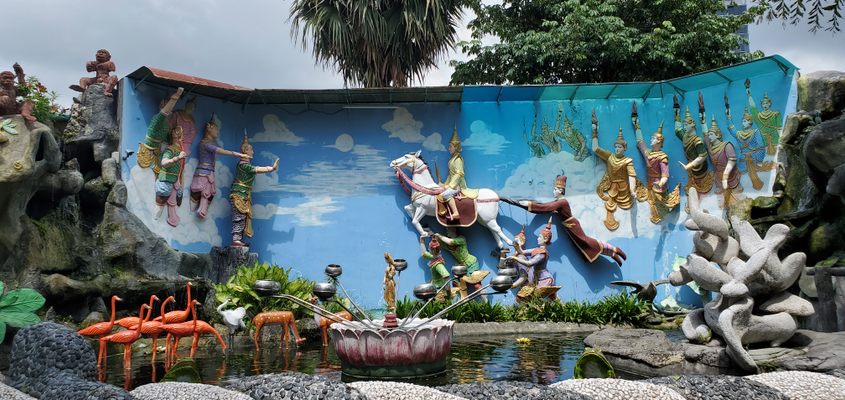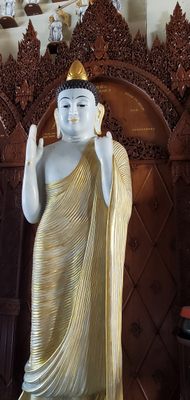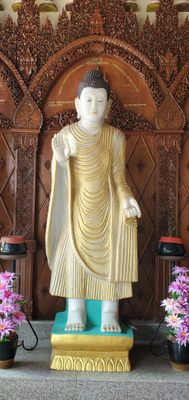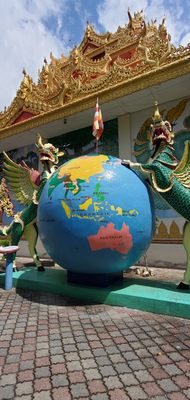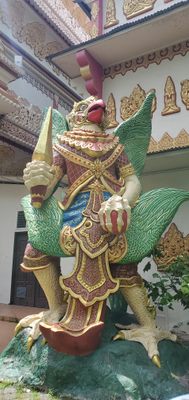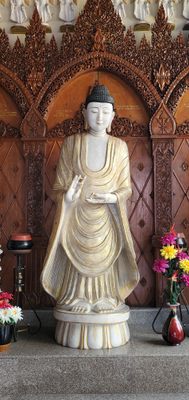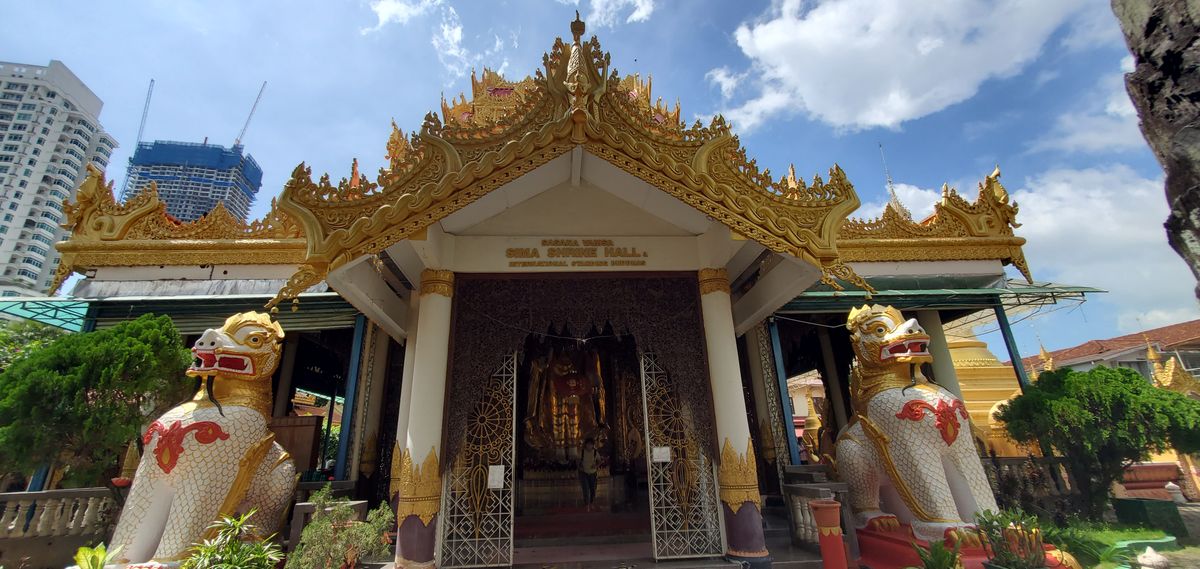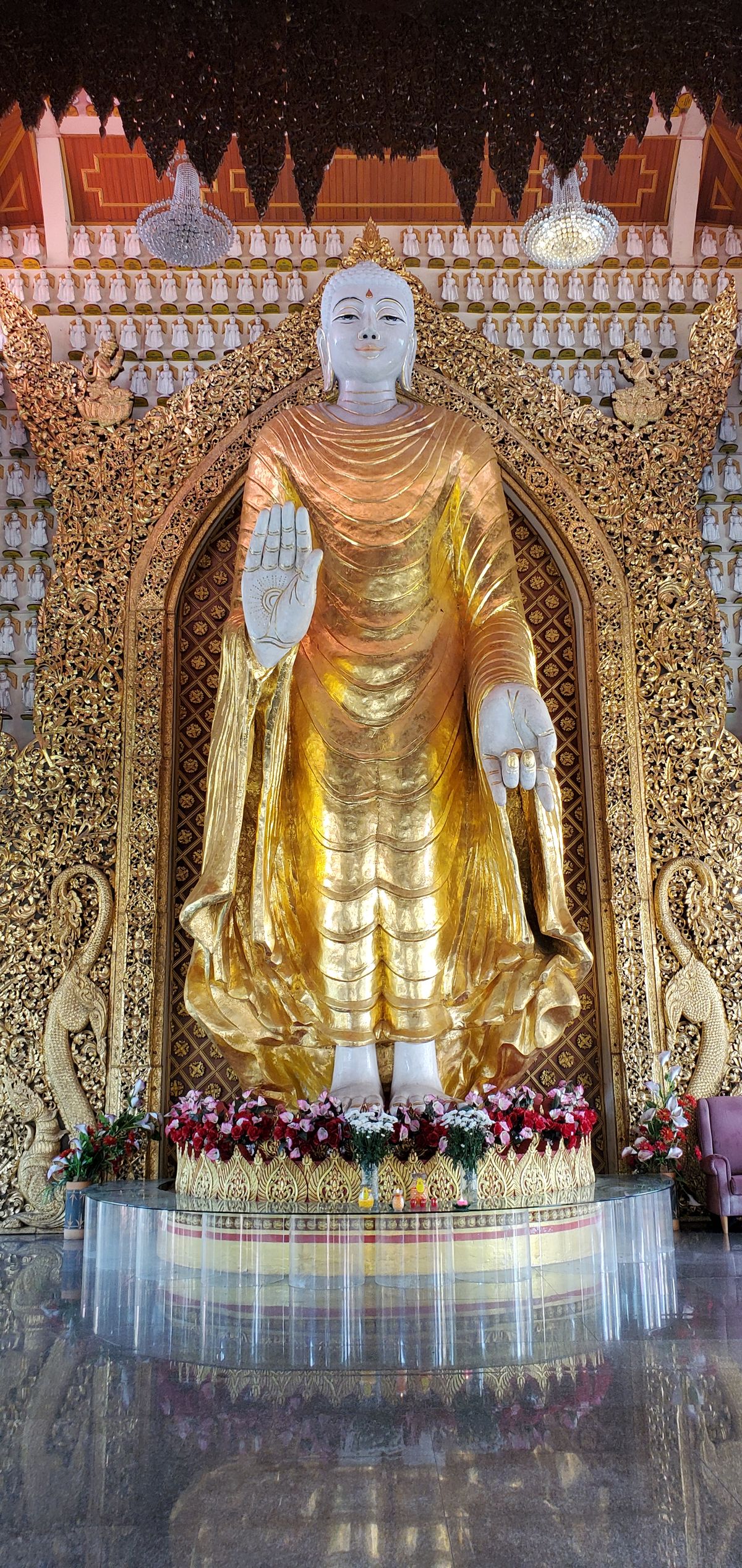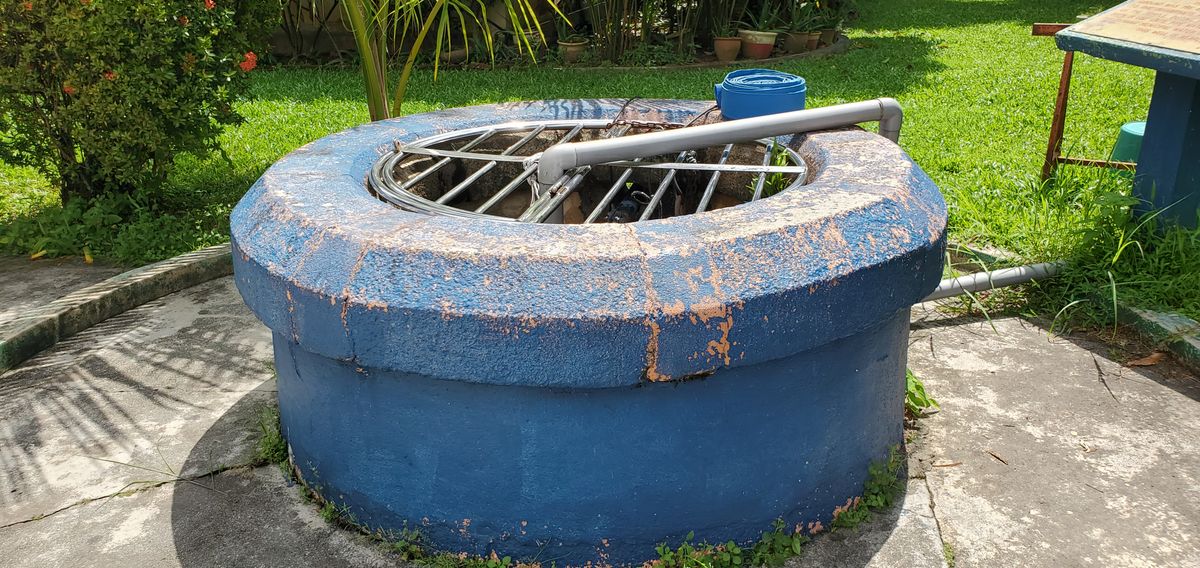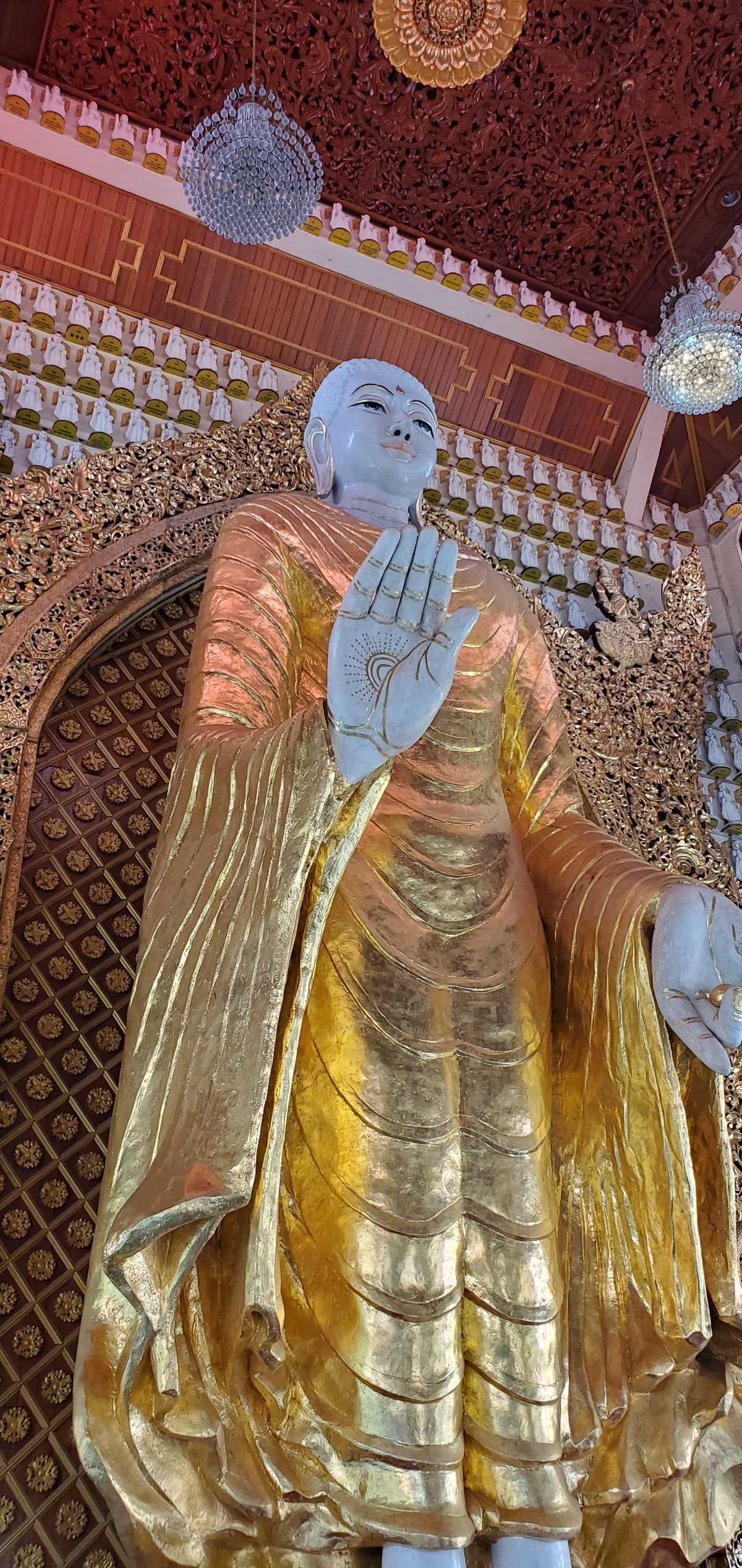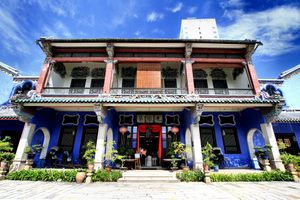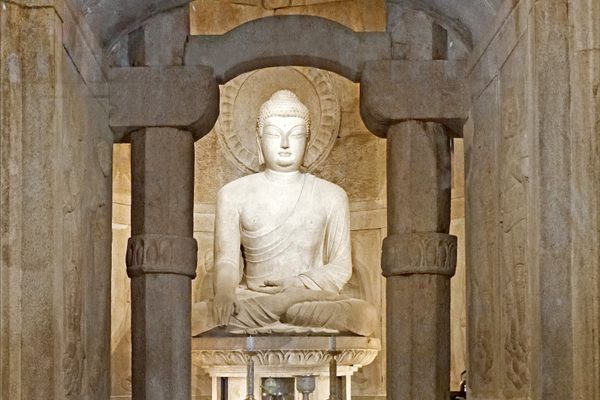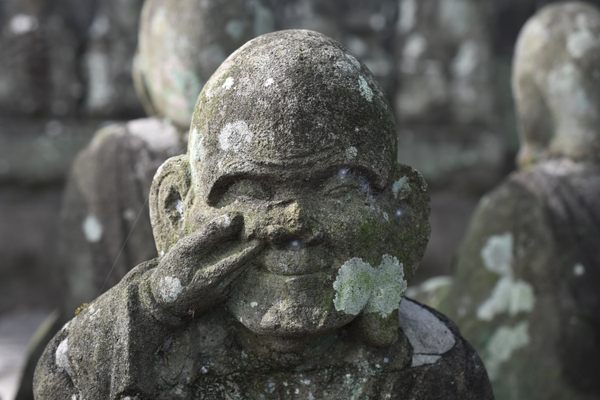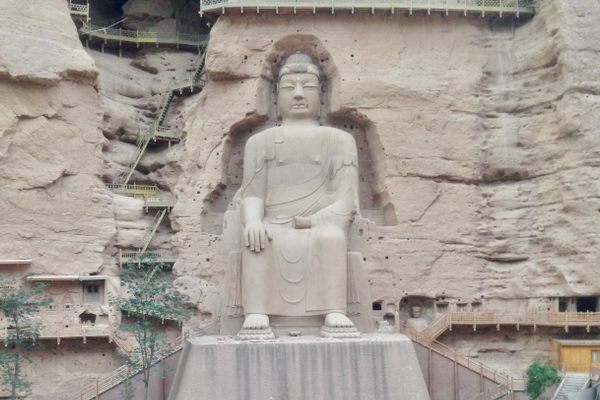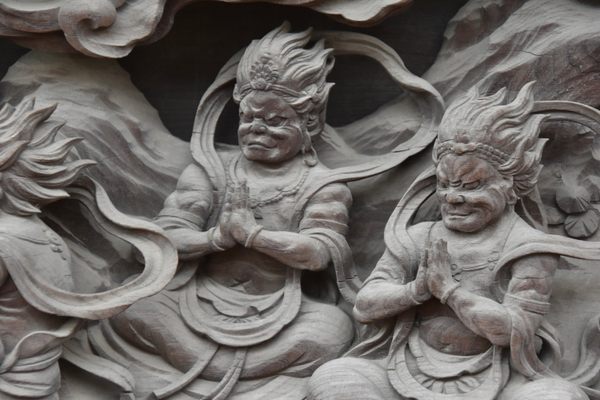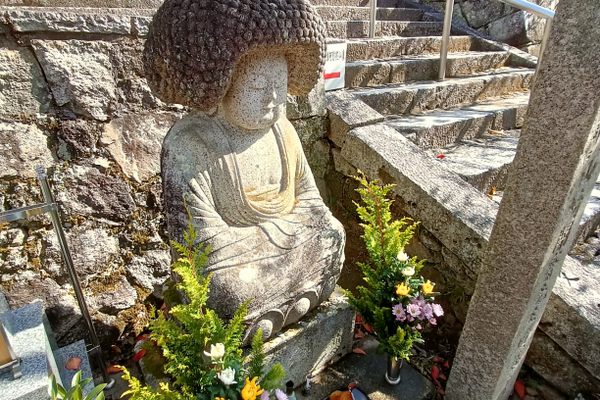About
While most visitors head to Wat Chayamangkalaram to pay respects to the reclining Buddha, located near George Town’s historic downtown, fewer visitors head opposite to the temple hiding in plain sight. The Dhammikarama Burmese Buddhist temple is one of the few Burmese temples outside of Myanmar, and is the biggest of its kind in Malaysia. It is a peaceful oasis for those seeking to worship, or to learn more about the Burmese Buddhist tradition.
Dhammikarama consists of a sprawling complex of temples, consisting of dorms for visiting monks, temples, and giant statues and sculptures of elephants, fishes, and the mythical garuda, which is primarily depicted as the mount of the Hindu god Vishnu. Its history dates back to the early 19th century, when Burmese immigrants settled in the nearby neighborhood Pulau Tikus.
In 1803, a woman named Nyonya Betong purchased a plot of land for 390 Spanish dollars. She donated the land to the Burmese community, erecting a small temple on the site. The temple grew even further when the community appealed to Queen Victoria for more land, so that the complex could not only grow, but also include room for the community to bury their elders. In 1845, this appeal was granted by then Straits Settlement governor, W.J. Butterworth.
The grounds of the temple consist of several sights, inviting tourists to soak in the peaceful oasis of the lush garden and fish pond. The stupa of the temple was first consecrated in 1805, and later enshrined within an outer stupa built in 1838. Other sights include a 200-year-old well and a Buddha that stands at 8.2 meters, or 27 feet high. Step inside the temple towards the back, following the hallway, and you’ll find 16 standing Buddhas. Each Buddha follows a different depicted style, in line with how they’re typically depicted in various Buddhist countries including Thailand, Sri Lanka, and even Afghanistan. In 2011, the temple added a four-story golden pagoda bell tower.
Related Tags
Know Before You Go
The temple is open every day—unless it's a public holiday, in which case hours may be different—and entrance is free, though donations are important. Please proceed with respect, as it is an active temple.
Published
June 25, 2024

